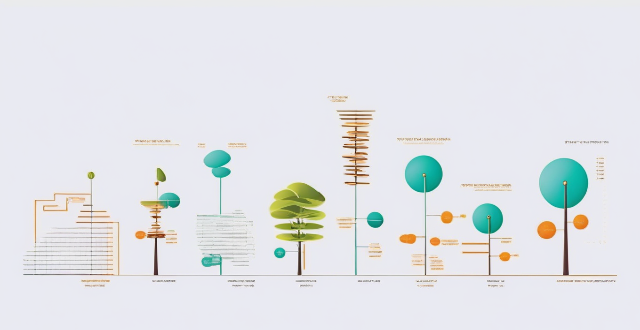Climate forecasting is the application of scientific knowledge and techniques to predict future climate conditions. It involves analyzing historical and current weather patterns, as well as understanding the physical processes that drive them, in order to make predictions about future climate trends. Key components of climate forecasting include data collection, modeling, analysis, and prediction. Climate forecasting plays a crucial role in various sectors including agriculture, water resources management, energy production, and disaster risk reduction. Despite challenges such as the complexity of the climate system and limited historical data, continued research and advancements in technology will improve our ability to predict future climate trends accurately.

What is Climate Forecasting?
Climate forecasting is the application of scientific knowledge and techniques to predict future climate conditions. It involves analyzing historical and current weather patterns, as well as understanding the physical processes that drive them, in order to make predictions about future climate trends.
Key Components of Climate Forecasting:
- Data Collection: Gathering information from various sources such as satellites, weather stations, and ocean buoys.
- Modeling: Using mathematical models to simulate the Earth's climate system and its interactions with the atmosphere, oceans, land surface, and ice.
- Analysis: Interpreting model outputs and comparing them with observed data to identify patterns and trends.
- Prediction: Making projections about future climate conditions based on model simulations and analysis.
Importance of Climate Forecasting:
Climate forecasting plays a crucial role in various sectors including agriculture, water resources management, energy production, and disaster risk reduction. By providing accurate predictions about future climate conditions, it helps decision-makers to plan and implement strategies for adapting to changing climate scenarios.
Applications of Climate Forecasting:
- Agriculture: Predicting rainfall patterns and temperature changes can help farmers decide when to plant crops and how much water to use for irrigation.
- Water Resources Management: Forecasting droughts or floods allows for better management of reservoirs and water supplies.
- Energy Production: Anticipating weather patterns can aid in planning energy generation and distribution, especially for renewable sources like wind and solar power.
- Disaster Risk Reduction: Early warning systems based on climate forecasts can save lives by alerting communities to potential natural disasters such as hurricanes, wildfires, or heatwaves.
Challenges in Climate Forecasting:
Despite advancements in technology and research, climate forecasting still faces several challenges:
1. Complexity of Climate System: The Earth's climate system is incredibly complex, involving numerous interacting components that make accurate predictions difficult.
2. Limited Historical Data: Reliable historical climate records are limited, particularly for regions without long-term monitoring programs.
3. Uncertainty in Model Projections: All climate models have inherent uncertainties due to simplifying assumptions and limitations in representing all aspects of the climate system.
4. Human Influence on Climate: Human activities such as burning fossil fuels and deforestation add uncertainty to future climate projections.
In conclusion, climate forecasting is an essential tool for understanding and preparing for future climate conditions. While it presents significant challenges due to the complexity of the climate system and other factors, continued research and advancements in technology will undoubtedly improve our ability to predict future climate trends accurately.